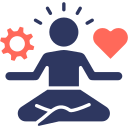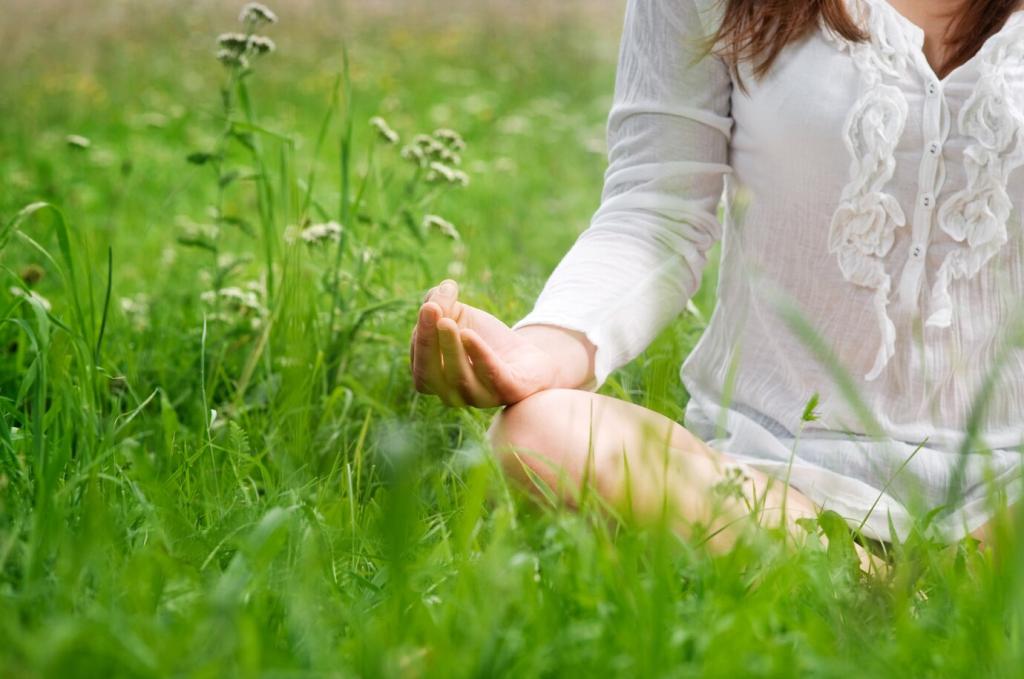Breathwork to Meet Anxiety with Kindness
Inhale for four, hold four, exhale four, hold four. The structure calms racing thoughts by giving your mind a gentle job. Start with three minutes, then message us which count feels most supportive on tricky mornings.
Breathwork to Meet Anxiety with Kindness
Inhale gently through the nose, exhale longer than you inhale—perhaps four in, six to eight out. The longer exhale tells your nervous system it can release the accelerator. Keep shoulders heavy and jaw unhinged, like a quiet yawn.







